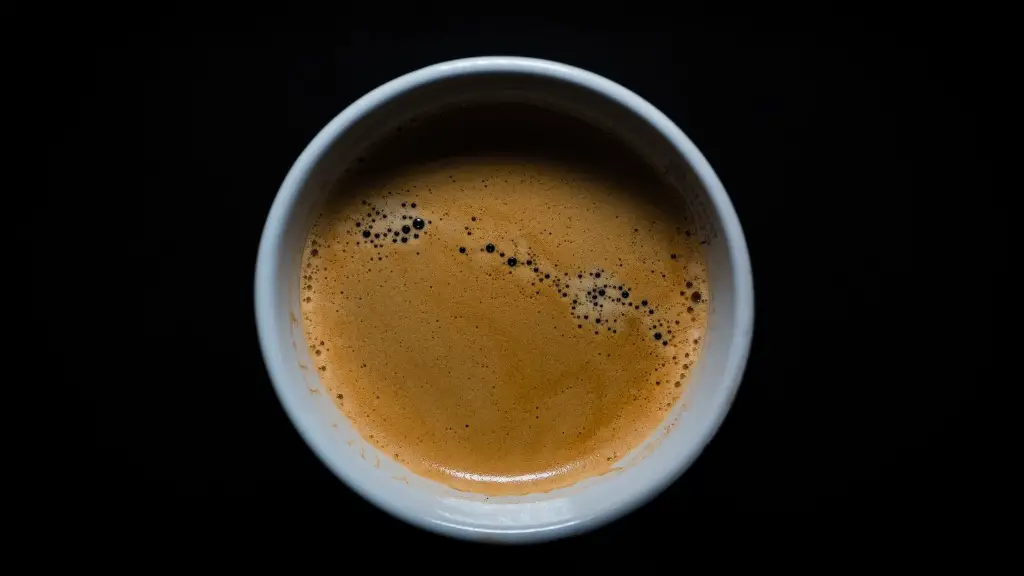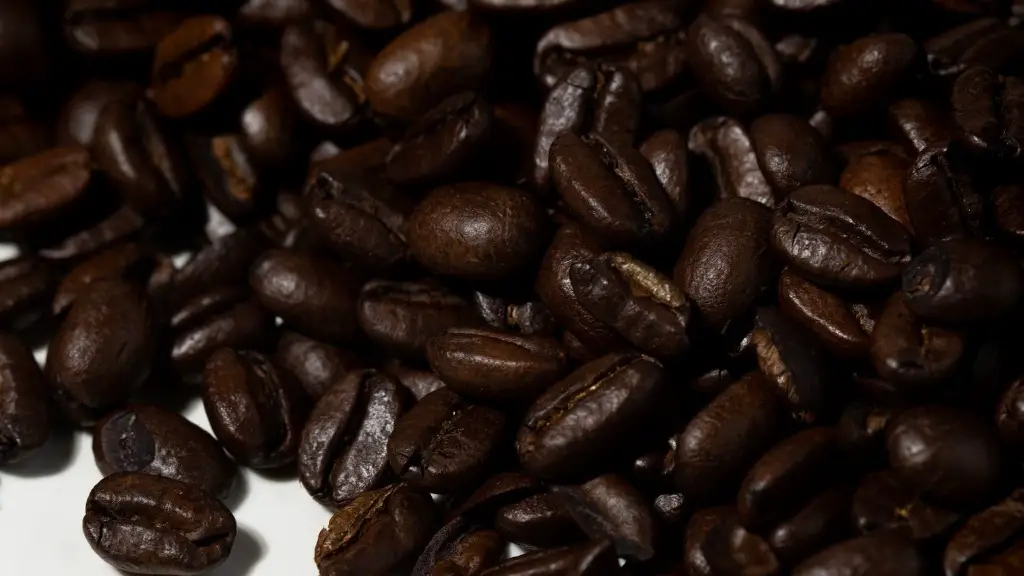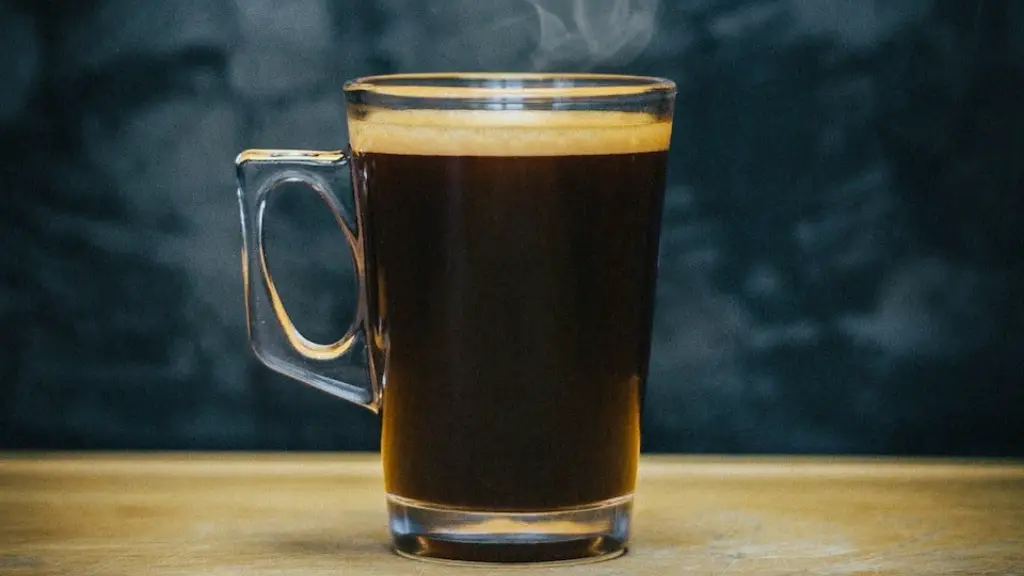Coffee beans are the seeds of coffee plants and they are typically dark brown. To make coffee, the beans are first roasted, which brings out the flavor. Then, they are ground up and brewed with hot water.
The coffee bean is made by taking the coffee fruit and removing the outer pulp. The inner seed, or bean, is then dried and roasted.
How coffee beans are created?
A coffee bean is a seed that, when dried, roasted and ground, is used to brew coffee. If the seed isn’t processed, it can be planted and grow into a coffee tree. Coffee seeds are generally planted in large beds in shaded nurseries.
Coffee comes from a plant! Coffee plants are woody evergreens that can grow up to 10 meters tall when growing in the wild. Most of the world’s coffee grows within the Bean Belt, the area around the equator between the Tropics of Capricorn and Cancer.
Are coffee beans actually beans
It’s interesting to note that coffee beans are not actually beans, but rather the seeds of the coffee fruit. This little-known fact makes National Bean Day a great opportunity to learn more about coffee and its origins. Coffee trees produce small, bright red fruit called coffee cherries. The coffee bean seeds are found inside these cherries. When harvested and roasted, the coffee beans produce the familiar coffee flavor that we all know and love.
Coffee is a popular beverage made from the roasted seeds of the coffee plant. The coffee plant is a member of the Rubiaceae family, which also includes species such as Gardenia and Ixora. Coffee beans are actually the pits of coffee cherries. Once the cherries are harvested, the beans are removed, cleaned, and roasted. The roasting process brings out the flavor and aroma of the coffee beans. Ground coffee beans are brewed with near-boiling water to create coffee. Coffee is bitter, darkly colored, slightly acidic, and has a stimulating effect because of its caffeine content.
Can I plant my own coffee?
You can grow coffee from a coffee plant in a pot, or from seed. To grow coffee from seed, soak the seeds overnight, and then sow them on the surface of moist compost. Cover with a thin layer of compost, and keep at a temperature of around 27-29 degrees Celsius. It can take six to eight weeks for seeds to germinate.
After three to four years, when they reach maturity, coffee plants bear fruit in lines or clusters along their branches. The fruit turns red and cherry-like when it is ready to be harvested. Depending on the type of coffee plant, the cherry takes between 6 to 11 months to ripen.
Do any states grow coffee beans?
It’s true that coffee is grown in limited areas of the United States and its territories, like California, Hawaii, and Puerto Rico. However, the majority of coffee consumed in the US is imported from other countries.
We use only 100% arabica beans for our coffee. Arabica beans are known for their delicious, high quality coffee. These beans help create complex, interesting flavors that are perfect for enjoying on their own or blended into new, interesting tastes.
What is inside a coffee bean
The mesocarp, or pulp, is the inner layer of the cherry skin. This layer is full of sugars, which are important during the fermentation process. The mucilage is the layer beneath the mesocarp, and it is full of pectin. These layers help to keep the cherry skin together and provide flavor.
Coffee beans are a good source of antioxidants, which help protect the body against damage from free radicals. The most abundant antioxidant in coffee beans is chlorogenic acid, a family of health-promoting polyphenols. Studies have shown that chlorogenic acid may reduce the risk of diabetes and help to fight inflammation. Some trials suggest that it may also have cancer-fighting properties.
How many beans does it take to make a coffee?
This means that, on average, it takes about 70 coffee beans to make a human-sized cup of coffee. However, coffee ratios are usually determined by rate, rather than a per-bean basis. This means that the exact number of beans needed to make a cup of coffee may vary depending on the specific recipe.
Kopi luwak is made from coffee beans that have been eaten and defecated by the civet, a small mammal that resembles a cross between a fox and a house cat.
The coffee beans are then collected from the civet’s droppings, cleaned, roasted and ground, and made into coffee.
Kopi luwak is said to have a smooth, rich flavor with hints of chocolate and caramel, and is one of the most expensive coffees in the world, fetching up to $600 per pound.
While kopi luwak might sound like a novelty item, it’s actually been around for centuries, and was even mentioned in one of the earliest known writings about coffee, by 17th century Dutch physician Johannes Theodorus Nieuhof.
How coffee is made step by step
The coffee production process is a long and complicated one, starting with the planting of coffee beans and ending with the packaging of the finished product. In between, there are many steps, including harvesting, processing, milling, tasting, and roasting. Each step is important to the final product, and each can impact the flavor of the coffee.
Coffee beans are actually seeds, and they need to be planted in order to grow. Once harvested, the coffee cherries must be processed in order to remove the coffee beans. These beans are then milled, and the resulting coffee powder is taste-tested to ensure quality. The coffee is then roasted, and finally ground and packaged.
Throughout the coffee production process, there are many opportunities for the coffee to be affected by different factors. These include the type of bean used, the growing conditions, the processing method, the roasting temperature, and the grind size. All of these can impact the flavor of the coffee, so it is important to pay attention to each step in order to produce a delicious final product.
proper care of coffee plants can ensure a long, productive life. on average, coffee trees produce 10 pounds of coffee cherry per year, or 2 pounds of green beans. with proper care, however, coffee plants can continue to produce fruit for many years.
How many cups of coffee do you get from one plant?
A coffee tree typically produces around 2,000 coffee cherries each year, which contain around 4,000 coffee beans. This means that a healthy tree can produce around one pound of roasted coffee beans each year.
The coffee beans farming process is entirely dependent on human labor. The farmers, their families, and even a few workers will carry a large basket and harvest each bean by hand. Most coffee is grown on five to seven acres of land throughout the world. Any larger and it would require an entire army of workers to pick the beans.
What are the 4 major types of coffee
Different types of coffee beans results in different tasting coffee. The most common coffee beans are Arabica and Robusta, which generally have a milder taste. Excelsa and Liberica coffee beans have a more intense flavor, which some coffee drinkers prefer. Coffee aficionados often have a preference for one type of bean over another, and may even be able to distinguish the taste of different beans in a cup of coffee.
There is typically only one harvest per year for coffee cherries, which usually lasts 2-3 months. This timeline differs depending on which hemisphere the cherries are grown; in the Northern Hemisphere, the coffee cherry harvest typically occurs from September to March, whereas in the Southern Hemisphere, the harvest occurs from April to August.
Final Words
The coffee bean is made from the coffee plant. The coffee plant is a shrub that grows in many parts of the world, including Africa, Asia, and South America. The coffee plant produces a fruit called a coffee cherry. The coffee cherry contains a seed, which is the coffee bean.
Coffee beans are made from the coffee plant. The coffee plant is a shrub that is grown in tropical regions. The coffee beans are the seeds of the coffee plant. The coffee plant produces white flowers. The flowers are pollinated by bees. The coffee beans are roasted and ground to make coffee.





